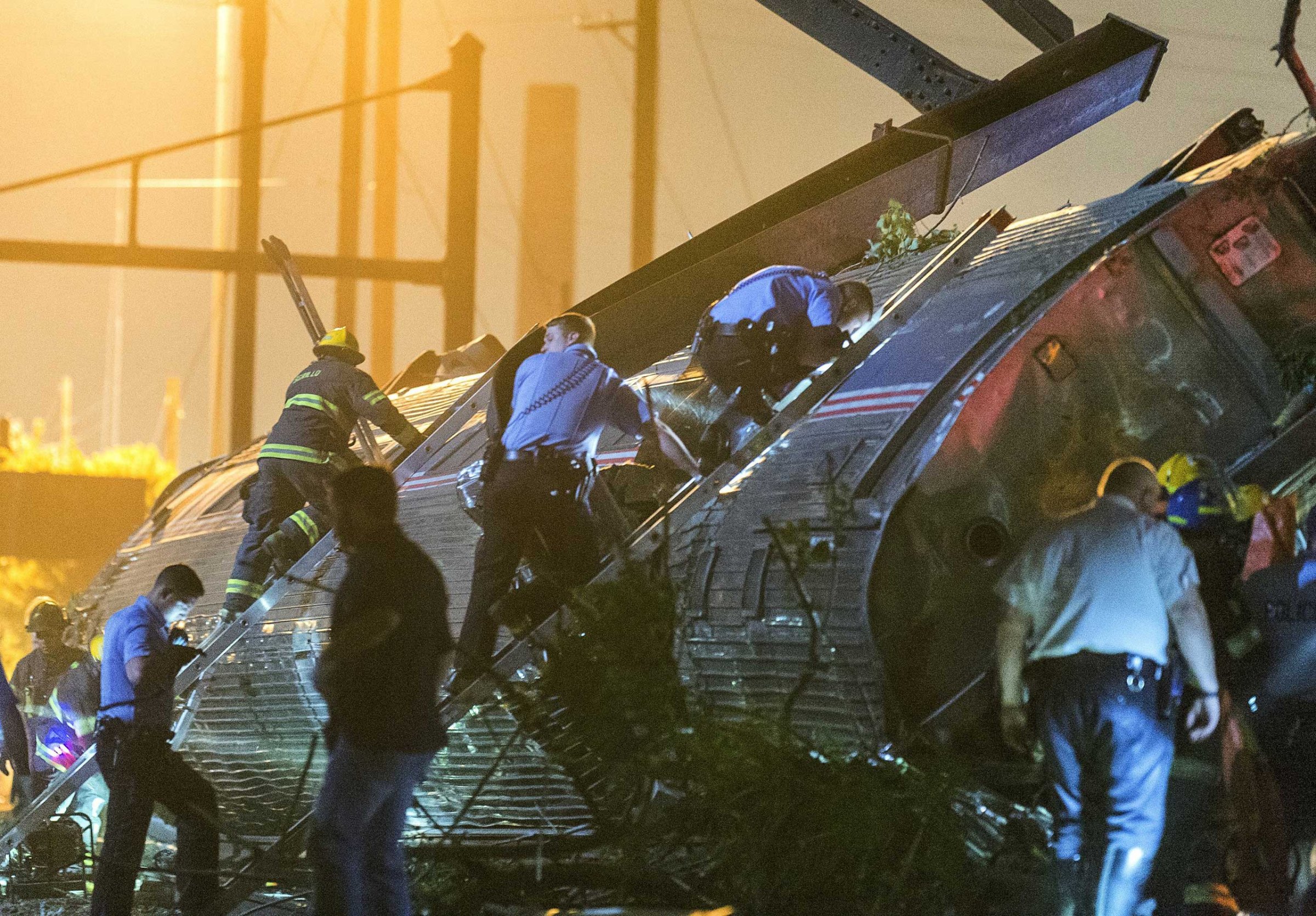
Could technology have prevented the derailment of an Amtrak train in Philadelphia earlier this week? Officials pointed out Thursday that an automatic speed control system could’ve slowed down the train before the incident, potentially stopping the wreck that claimed eight lives and injured hundreds of other riders.
That system, known as positive train control, is being installed by several U.S. railroads after Congress signed a law in 2008 mandating its use after a devastating train collision in California killed over 20 passengers. While Amtrak has already begun installing positive train control — in fact, it was further along in the process than other railroads — budgetary and technical problems meant the system wasn’t installed where this week’s derailment occurred.
Here are four other technologies that could prevent transportation disasters:
See Photos of the Amtrak Train Crash in Philadelphia
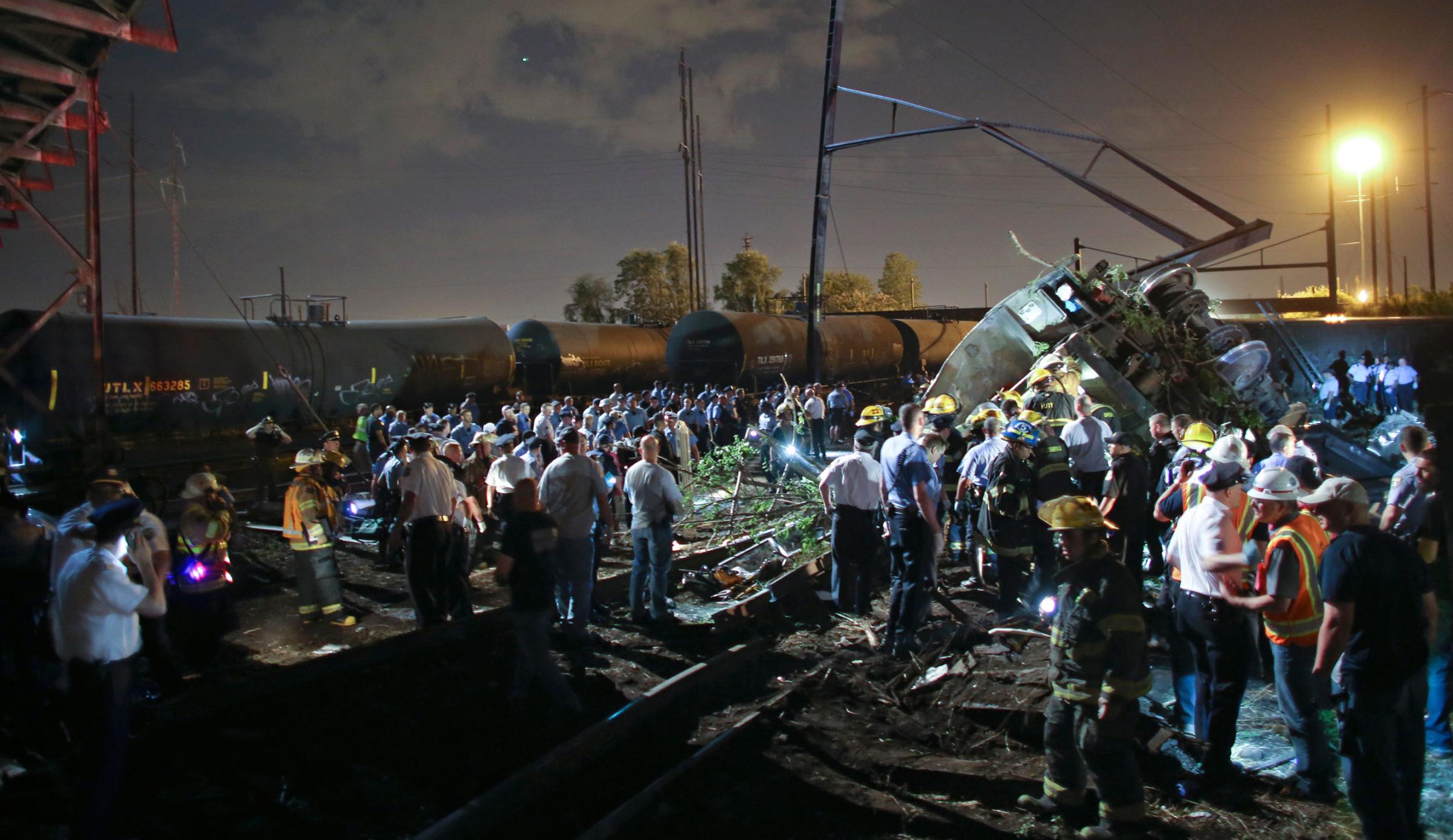
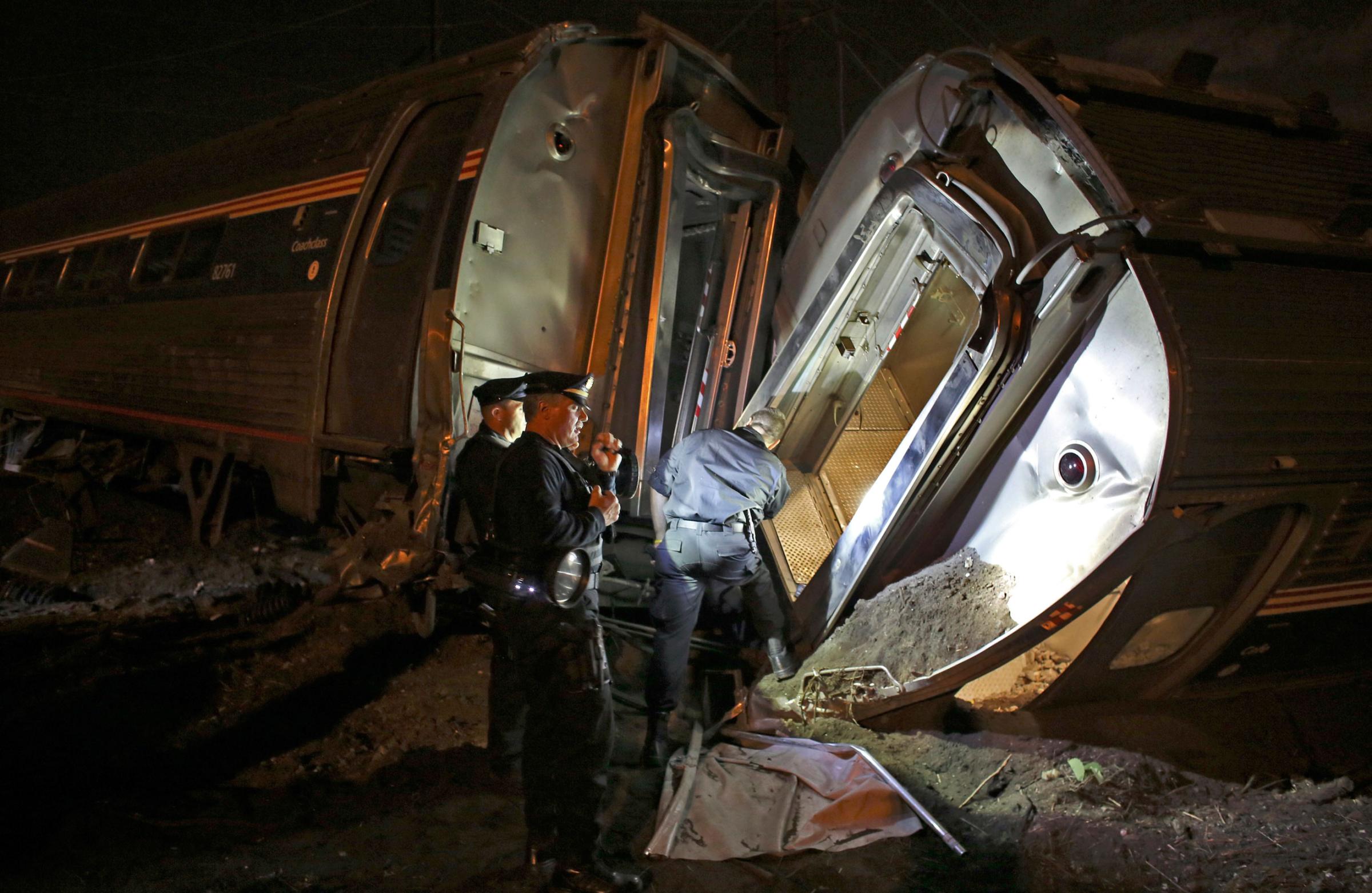
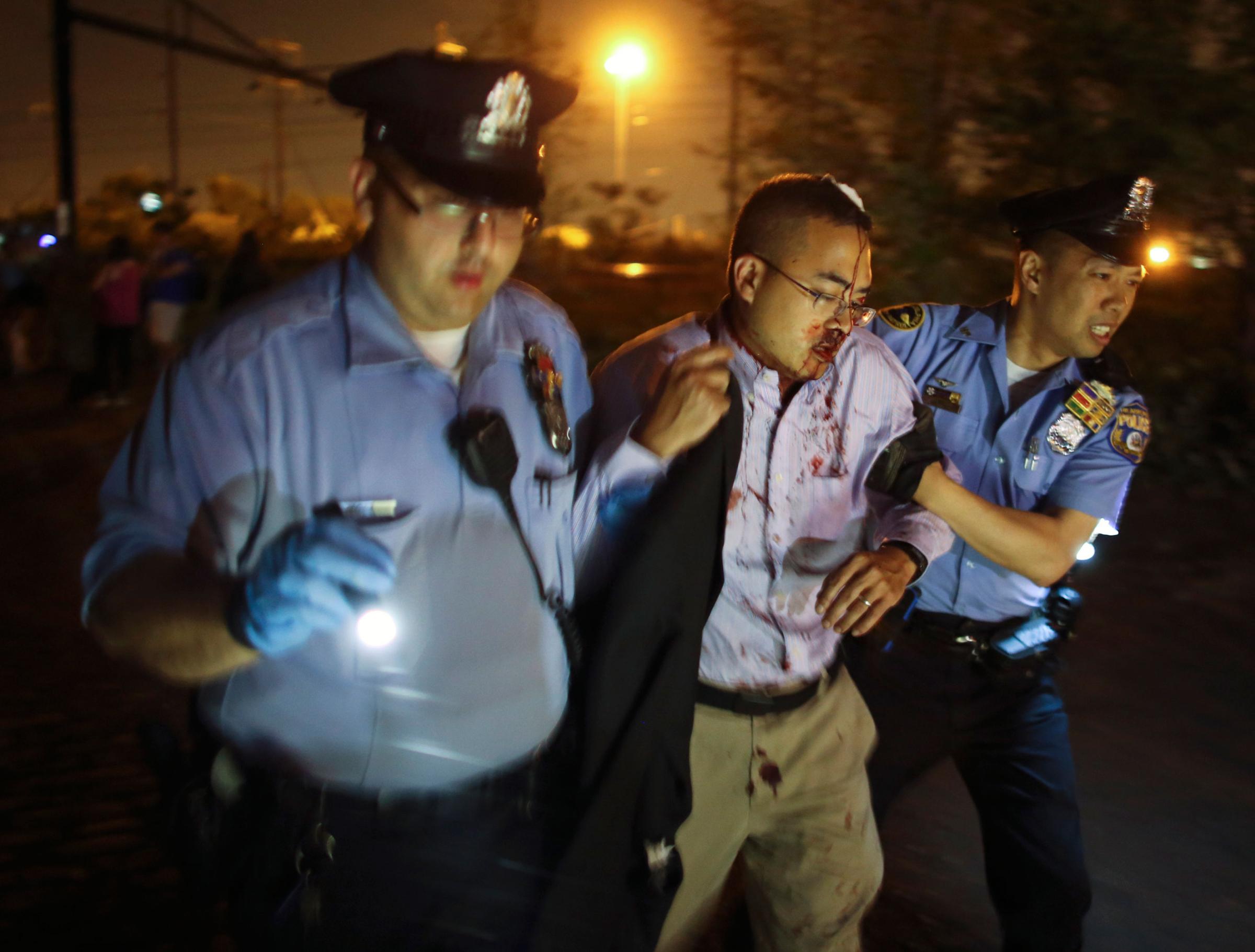
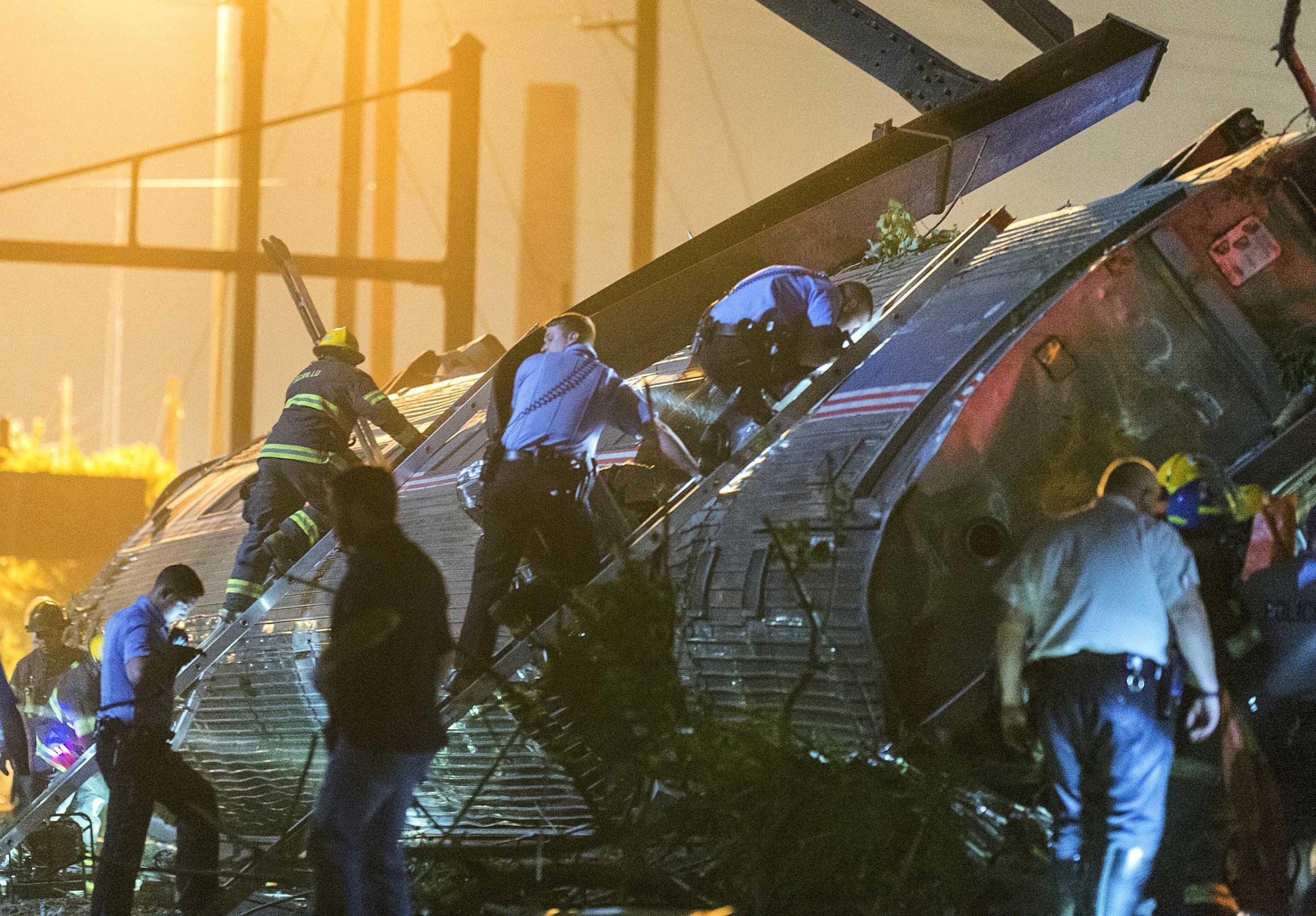

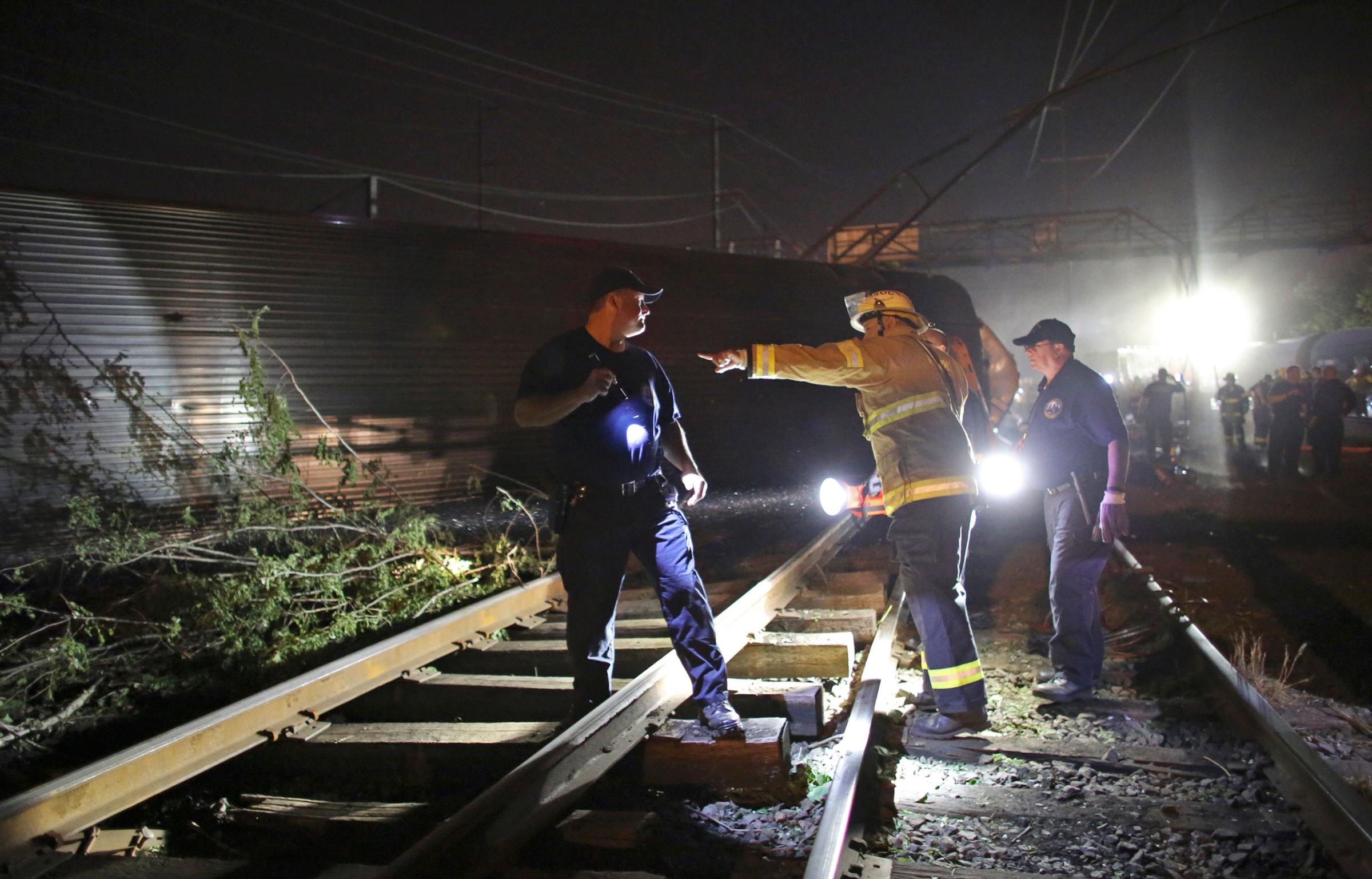
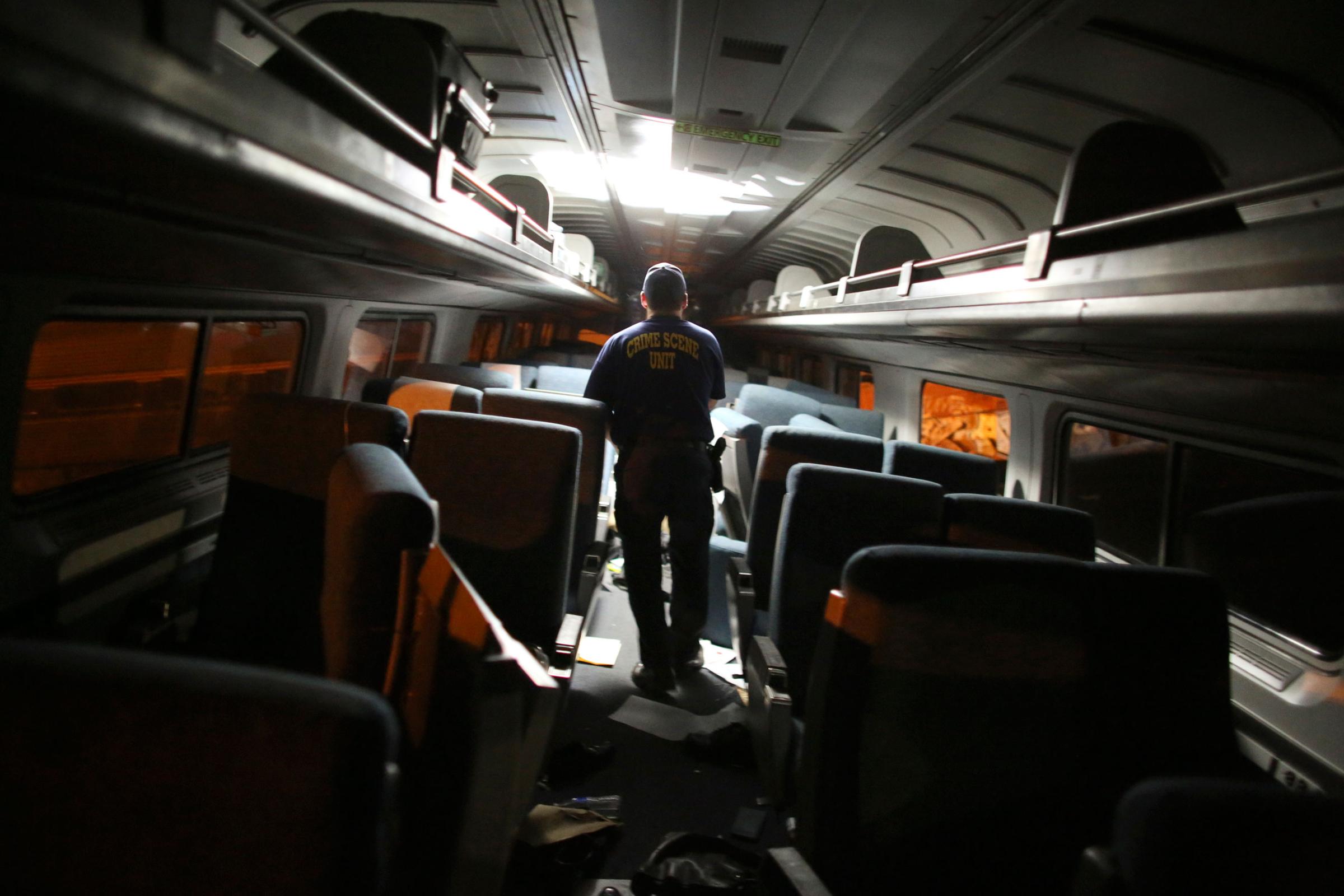

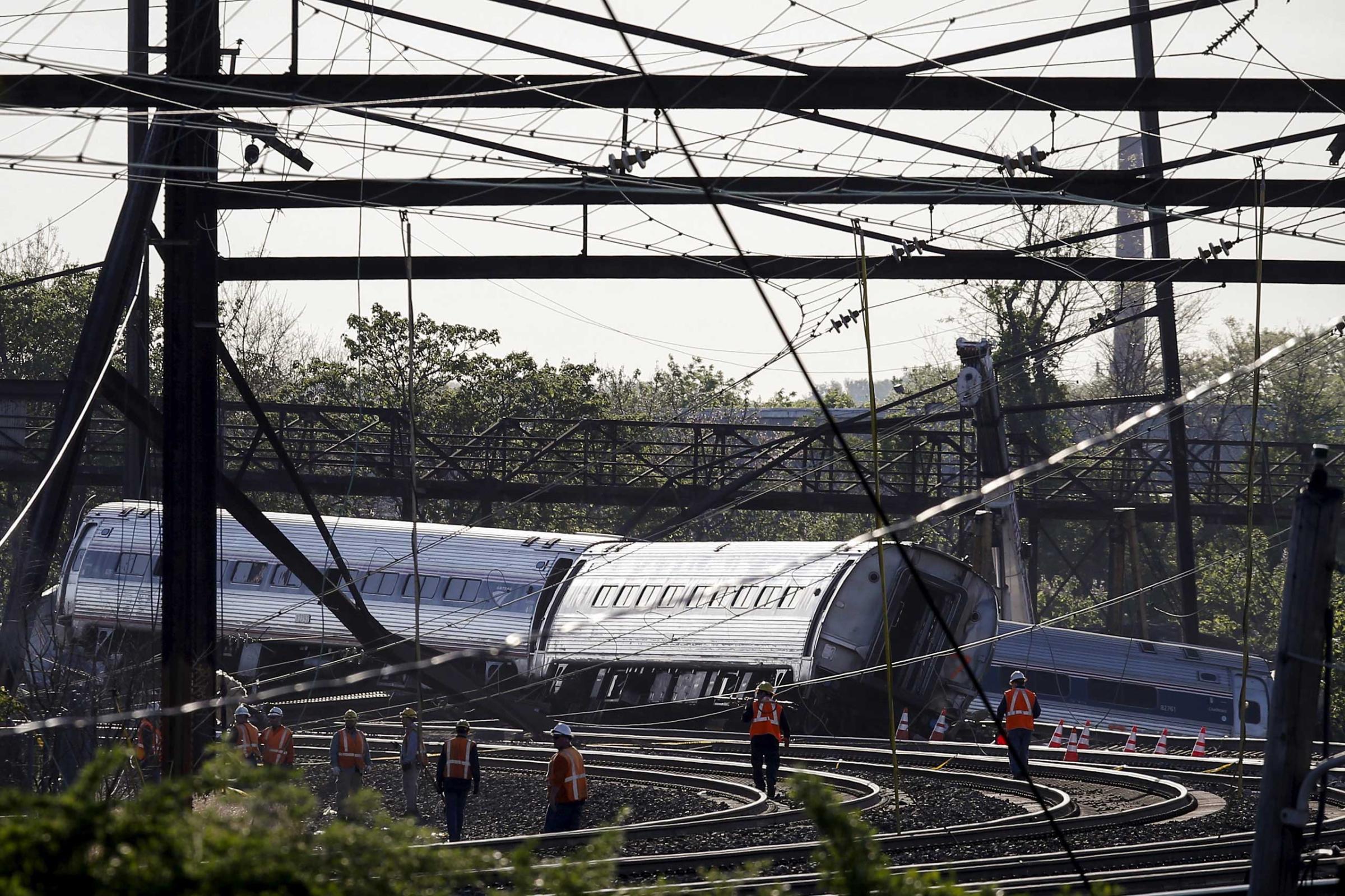
Autonomous airliners
Like driverless cars, which proponents say can cut down on the number of road accidents, autonomous airplanes could help prevent commercial aviation disasters linked to human error or intentional pilot actions — such as April’s suspected pilot suicide aboard Germanwings Flight 9525. Experts have also suggested using networking technology to control autonomous planes via the ground, thus ensuring that if a plane needs to be manually flown in an emergency, no mistakes are made that could jeopardize passengers’ lives.
Platform screen doors
The long, costly process of incorporating safety systems has also been a factor in preventing fatal subway incidents. In New York City, home of the nation’s busiest subway system, a handful of deaths occur each year when commuters fall onto the tracks and train operators are unable to stop in time. While more recently-built subway systems have platform screen doors, New York City’s subways do not. Installing them would require an extensive and costly retrofitting.
Body detection technology
New York subway’s system has already begun testing other safety technologies like body detection systems. These systems feature thermal imaging, motion-sensing lasers and intelligent video cameras that can detect when a body or object is on the tracks, then they can relay that information to approaching trains.
Vehicle detection technology
That same idea is behind the vehicle-detection technology floated by safety experts when a Metro-North train slammed into an SUV that was on the tracks in February, killing five passengers on board. While sensors at crossings can’t always prevent train-car collisions — the conductor might not be able to stop in time, for instance — the NTSB has recommended these devices be installed in the wake of that incident.
More Must-Reads from TIME
- Cybersecurity Experts Are Sounding the Alarm on DOGE
- Meet the 2025 Women of the Year
- The Harsh Truth About Disability Inclusion
- Why Do More Young Adults Have Cancer?
- Colman Domingo Leads With Radical Love
- How to Get Better at Doing Things Alone
- Michelle Zauner Stares Down the Darkness
Contact us at letters@time.com